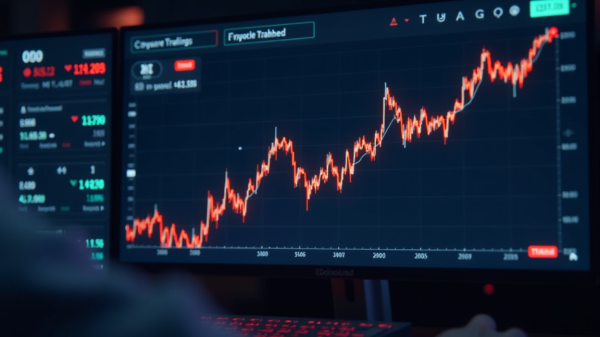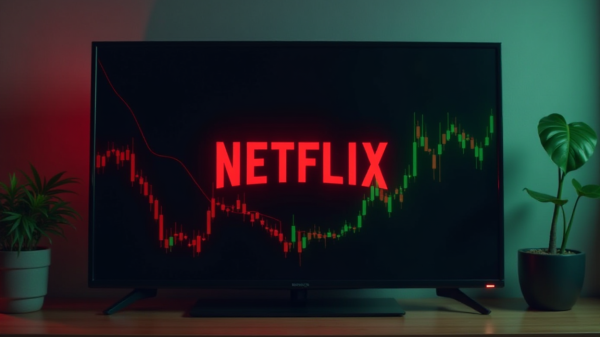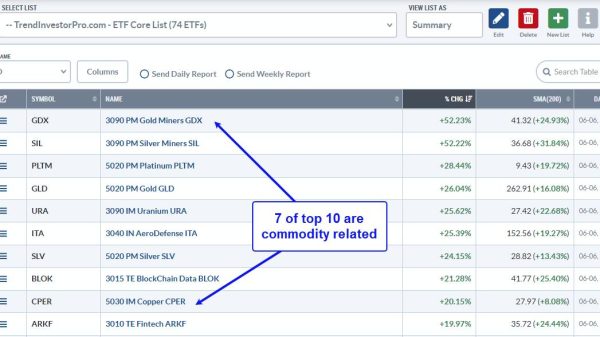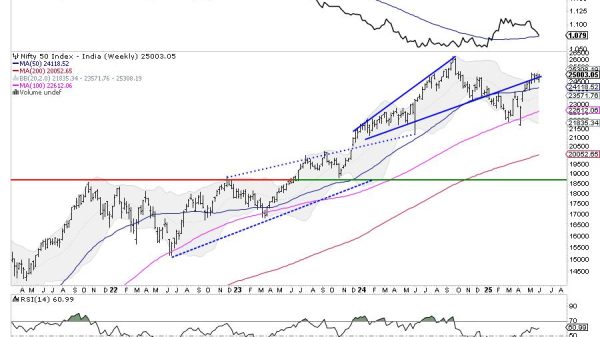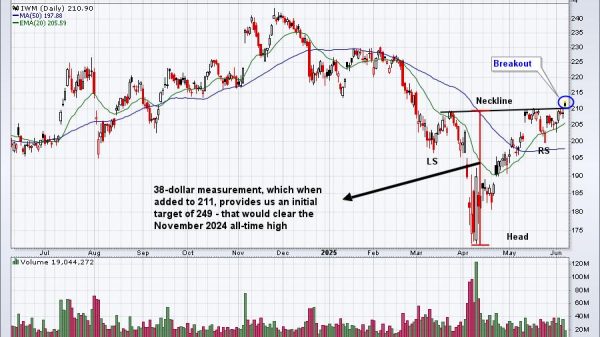The year 2024 has not exactly been a remarkable time for Reliance Industries Limited (RIL), with its shares on track to end the year with negative returns for the first time in nearly a decade.
This decline marks a stark contrast to the robust growth enjoyed in previous years.
From a record high of ₹2,856.15 in July 2024, RIL’s stock has slumped by 22.5%, erasing over ₹4.4 lakh crore from its market capitalization.
In the last five trading days, Reliance’s shares have slipped by ₹39.60 or 3.07%.
Over a six-month period, the decline has been more pronounced, with the stock losing ₹232.23 or 15.68% as of today. The market cap of the company now stands at Rs 16.89 lakh crore.
This comes after years of steady returns, including a 70.55% gain in 2017, but recent years have shown a consistent decline in performance.
Mukesh Ambani’s net worth has also reflected RIL’s struggles.
According to Bloomberg, his wealth has dropped from $120.8 billion in July to $96.7 billion as of mid-December.
What’s slowing RIL’s growth engine?
RIL’s slowdown stems from several factors.
Weak global demand has pressured margins in its petrochemical and oil & gas businesses.
The telecom arm, Reliance Jio, is grappling with slower-than-expected average revenue per user (ARPU) growth, while Reliance Retail is facing restructuring delays and tough competition from quick commerce companies.
Adding to its woes, significant investments in new energy projects have yet to yield the expected returns, forcing the company to take on additional debt to support operations.
The AGM disappointment
A pivotal moment in 2024 was RIL’s Annual General Meeting (AGM) in August.
Investors were left underwhelmed by the lack of clarity on the monetization timelines for Reliance Retail and Jio Platforms.
Despite announcing a surprise 1:1 bonus issue, the company failed to arrest the stock’s decline.
The AGM also highlighted operational challenges, with management pointing to a high-base effect in retail, margin pressures in oil and gas, and delays in new energy projects.
Source: The Economic Times
Reliance Retail: a year of consolidation
Reliance Retail, once a star performer, faced significant hurdles in 2024.
Weak consumer demand, particularly in fashion, and rising competition from quick commerce players like Zepto and Blinkit hit revenue growth.
Additionally, the company closed 1,185 underperforming stores, signaling operational inefficiencies.
Analysts remain optimistic about Reliance Retail’s potential.
Last month, Jefferies said while Reliance Retail delivered strong results in October, it believed a full recovery in this segment could take another two quarters.
The then valuation imputed $57 billion for the retail business, which the firm considered “pessimistic”.
Reliance Jio faces competitive threats
While Reliance Jio has maintained its position as India’s leading telecom operator, its growth is under pressure.
The average revenue per user has risen slowly, and potential competition from Elon Musk’s Starlink in satellite broadband could pose additional challenges.
To counter these threats, RIL is forging partnerships, including one with Nvidia to build AI infrastructure in India.
The company is also eyeing a 2025 IPO for Jio, which analysts estimate could be valued at over $100 billion.
Both Reliance Jio and Reliance Retail are slated for IPOs, but the timelines remain uncertain.
While Jio is targeting a 2025 listing, the retail unit’s IPO may not occur until after 2025 due to internal restructuring.
These IPOs are expected to unlock significant value.
Analysts highlight that Reliance Retail’s valuation multiple (~33x FY26 EBITDA) trails peers like DMart (~42x), leaving room for potential upside.
What do analysts think about RIL’s challenges and recovery potential?
Global brokerages have offered a mixed outlook for RIL.
Jefferies’s “Buy” rating on Reliance Industries in November with a target price of ₹1,700, implied a potential upside of 32% from the then market price of ₹1,287. Today’s share price stands at Rs 1,245.50.
The brokerage viewed the stock’s risk-reward profile as highly attractive.
Jefferies expects Singapore’s Gross Refining Margins (GRM) to improve in CY25, driven by favorable shifts in refining demand-supply dynamics.
Additionally, Jio’s strong growth in home broadband subscriber additions positions it well for capitalizing on 5G monetization opportunities.
JPMorgan notes that RIL’s relative valuation remains attractive, particularly in a market where most stocks trade above historical levels.
However, the brokerage emphasizes the need for improved margins in refining and petrochemicals, as well as stronger retail valuations, to drive stock gains.
WealthMills Securities strategist Kranthi Bathini underscores the importance of RIL’s diversified portfolio, which includes digital, retail, and energy segments, but acknowledges that current challenges have weighed heavily on the stock.
Despite the challenges, Reliance Industries has demonstrated resilience in the past.
Historically, the company has delivered robust returns following periods of underperformance.
Over the past five years, RIL’s stock has gained 60.53%, underscoring its ability to navigate market headwinds.
Moreover, analysts believe that positive free cash flow (FCF) generation, coupled with a disciplined approach to managing debt, could help the conglomerate recover.
The company’s commitment to keeping its net debt-to-EBITDA ratio below 1x is a key positive indicator.
The post RIL set to end 2024 in red for the first time in a decade: what investors need to know appeared first on Invezz



